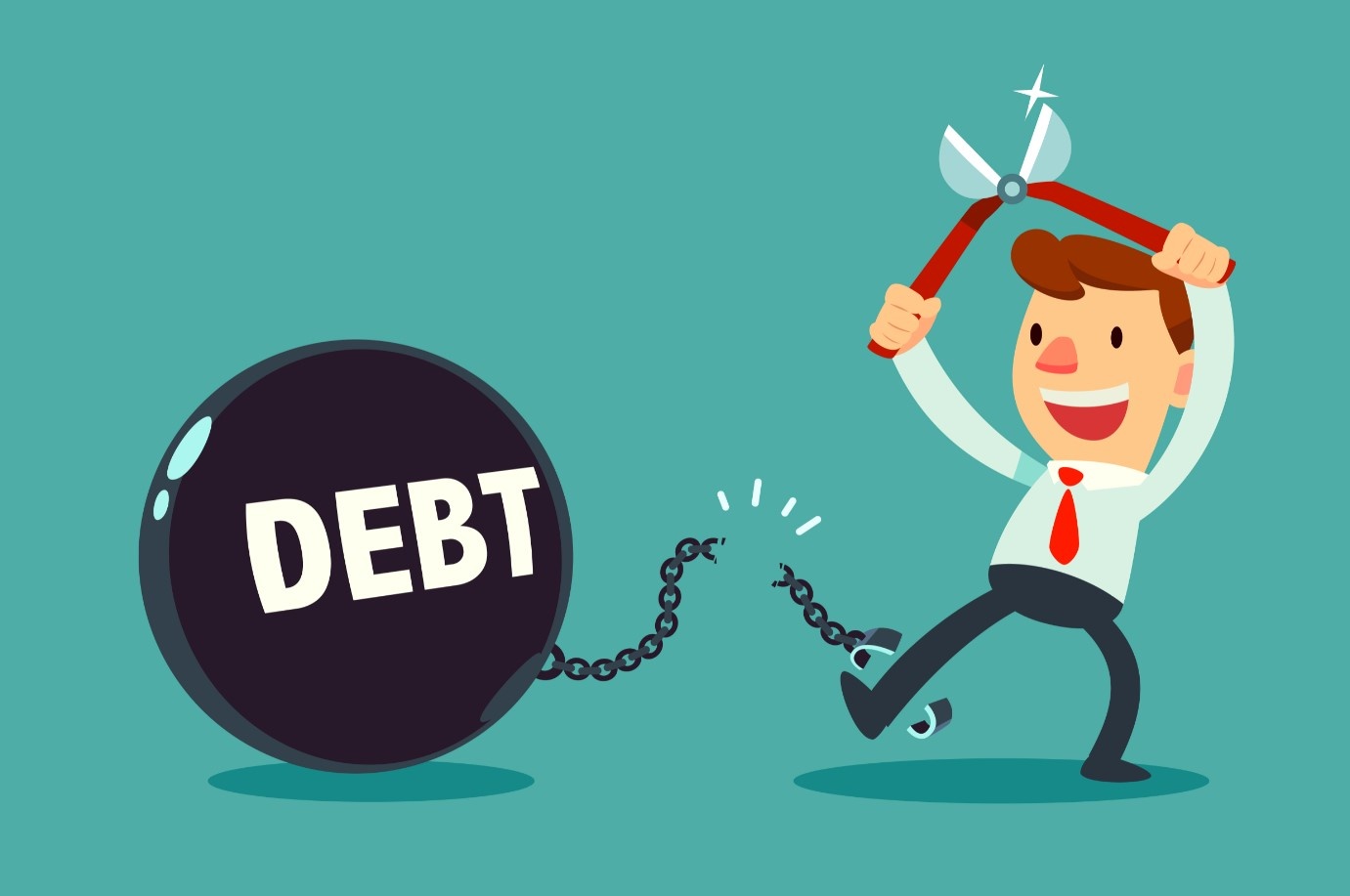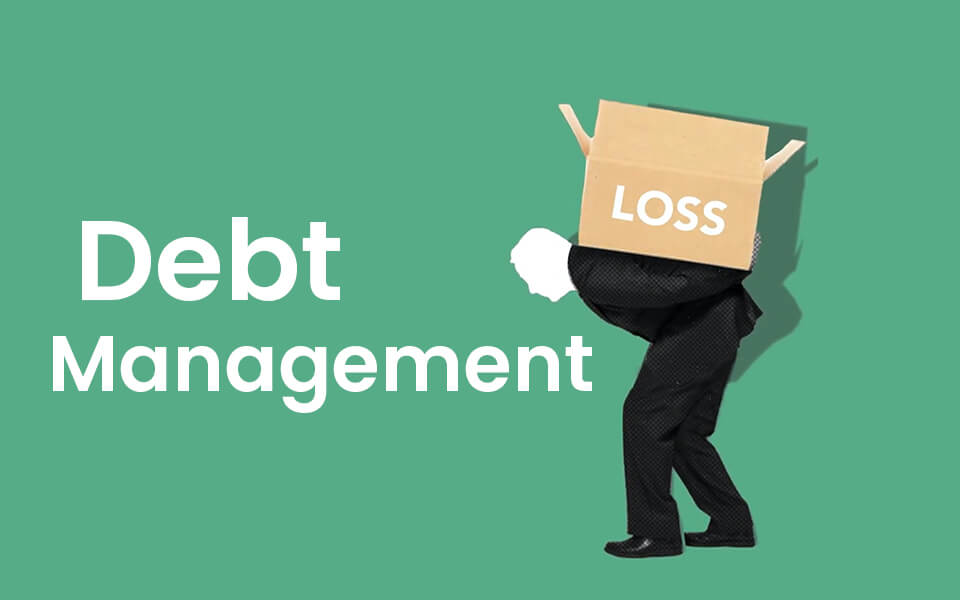The Ultimate Guide to Developing Healthy Financial Debt Monitoring Habits and Practices
In a world where financial stability is a keystone of a secure future, understanding the art of debt monitoring is vital. As we discover the midsts of healthy financial debt monitoring habits and methods, we reveal a roadmap that not only leads the method to debt freedom but additionally empowers individuals to take control of their monetary fates.
Comprehending Debt and Its Effect
Understanding financial obligation and its influence is vital for people to make enlightened financial choices and maintain healthy monetary behaviors. Debt is a responsibility that arises when one party borrows cash from one more with the guarantee of settling the principal together with rate of interest. It can be available in different forms, such as credit report card financial debt, student loans, mortgages, or personal financings. The effect of debt on a person's monetary health and wellness can be substantial. Excessive debt can bring about financial stress, hamper one's ability to save for the future, and adversely affect credit history, making it tougher to protect fundings or desirable rates of interest in the future.

Assessing Your Financial Situation
To establish a solid structure for efficient monetary planning, it is important to completely examine your present economic scenario. Begin by assembling a comprehensive listing of all your earnings sources, including incomes, financial investments, and any various other monetary inflows. Next, detail your expenses, categorizing them into dealt with expenses like rental fee or home loan settlements, energies, and insurance, and variable expenses such as grocery stores, enjoyment, and discretionary spending. Calculating your complete properties and obligations will give a clear image of your total assets.
Consider your short-term and long-term financial goals, such as saving for emergencies, retired life, or significant acquisitions, to align your monetary behaviors with your goals. Regularly examining and readjusting your economic assessment will certainly make sure that you remain on track towards attaining financial security and safety and security.

Producing a Realistic Spending Plan
Establishing a practical spending plan is vital for effective economic administration and achieving your preferred financial goals. A sensible spending plan works as a roadmap for your financial resources, enabling you to track your revenue, expenditures, and financial savings. To produce a reasonable budget plan, beginning by detailing all your sources of revenue. This might include your wage, side hustle profits, or any kind of easy revenue streams. Next off, detail your fixed costs such visit their website as rent, utilities, and financing settlements. Make sure to additionally account for variable costs like groceries, home entertainment, and transport. Differentiate between vital expenditures and discretionary investing to prioritize your monetary commitments.
It's critical to assess and adjust your budget plan routinely to mirror any type of adjustments in your economic situation. By creating and sticking to a practical budget plan, you can successfully manage your financial resources and job towards accomplishing your financial objectives.
Developing Payment Techniques
Crafting effective settlement techniques is vital for managing debt properly and achieving economic stability. When establishing a payment strategy, beginning by detailing all arrearages, consisting of the total amount owed, passion rates, and minimum monthly settlements. Focus on financial obligations based upon elements like interest rates or impressive equilibriums. One typical technique is the financial obligation avalanche technique, where you concentrate on settling the financial obligation with the highest possible rate of interest first while making minimum repayments on the remainder. This approach can save you money on passion repayments over time. Additionally, the financial obligation snowball method includes paying off the tiniest debts first to construct momentum and inspiration as you see debts being gotten rid of.
Consider bargaining with creditors for reduced rates of interest or establishing a layaway plan that straightens with your economic situation. Automating payments can aid make sure prompt payments and prevent late fees. Frequently examining and readjusting your payment techniques as required will keep you on course towards becoming debt-free. Remember, uniformity and technique are crucial to efficiently taking care of debt.
Structure Long-Term Financial Health And Wellness
After establishing reliable payment techniques to deal with existing financial debts, the emphasis changes towards growing sustaining economic well-being for the long term. Structure lasting financial wellness involves an all natural technique that incorporates various aspects of individual financing. One vital action is producing a reasonable budget that straightens with your monetary goals and top priorities. This spending plan needs to account for crucial expenses, cost savings, financial investments, and financial debt repayments.
Additionally, developing an emergency situation fund is essential to safeguard against unanticipated economic problems and read the full info here stay clear of dropping back into financial debt. Reserving 3 to six months' well worth of living expenditures in a separate interest-bearing account can offer a financial safety and security net.
Moreover, it is essential to regularly review and adjust your financial strategy as circumstances alter. This consists of monitoring your spending habits, tracking progression in the direction of your objectives, and seeking chances to raise your earnings or savings.
Conclusion
To conclude, creating healthy debt administration practices and techniques is important for accomplishing long-lasting financial stability. By understanding the impact of financial debt, evaluating your financial scenario, creating a reasonable budget, creating settlement methods, and go now structure long-lasting economic wellness, people can properly handle their financial debts and boost their general monetary well-being. It is very important to prioritize economic obligation and make educated decisions to stay clear of unneeded debt and maintain a healthy financial future.